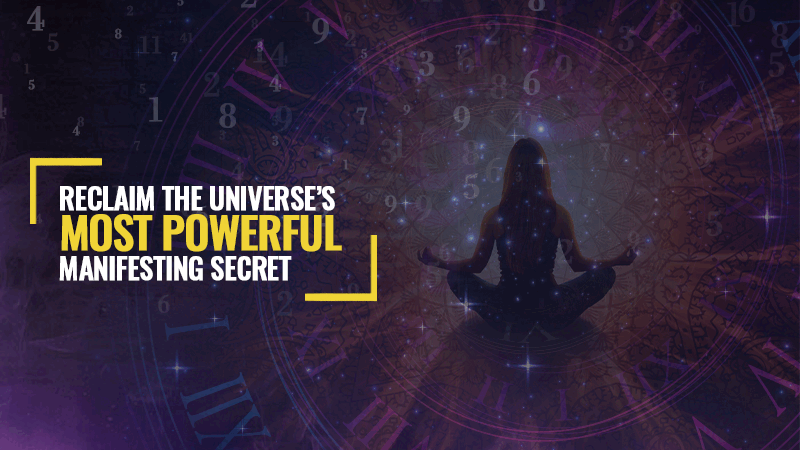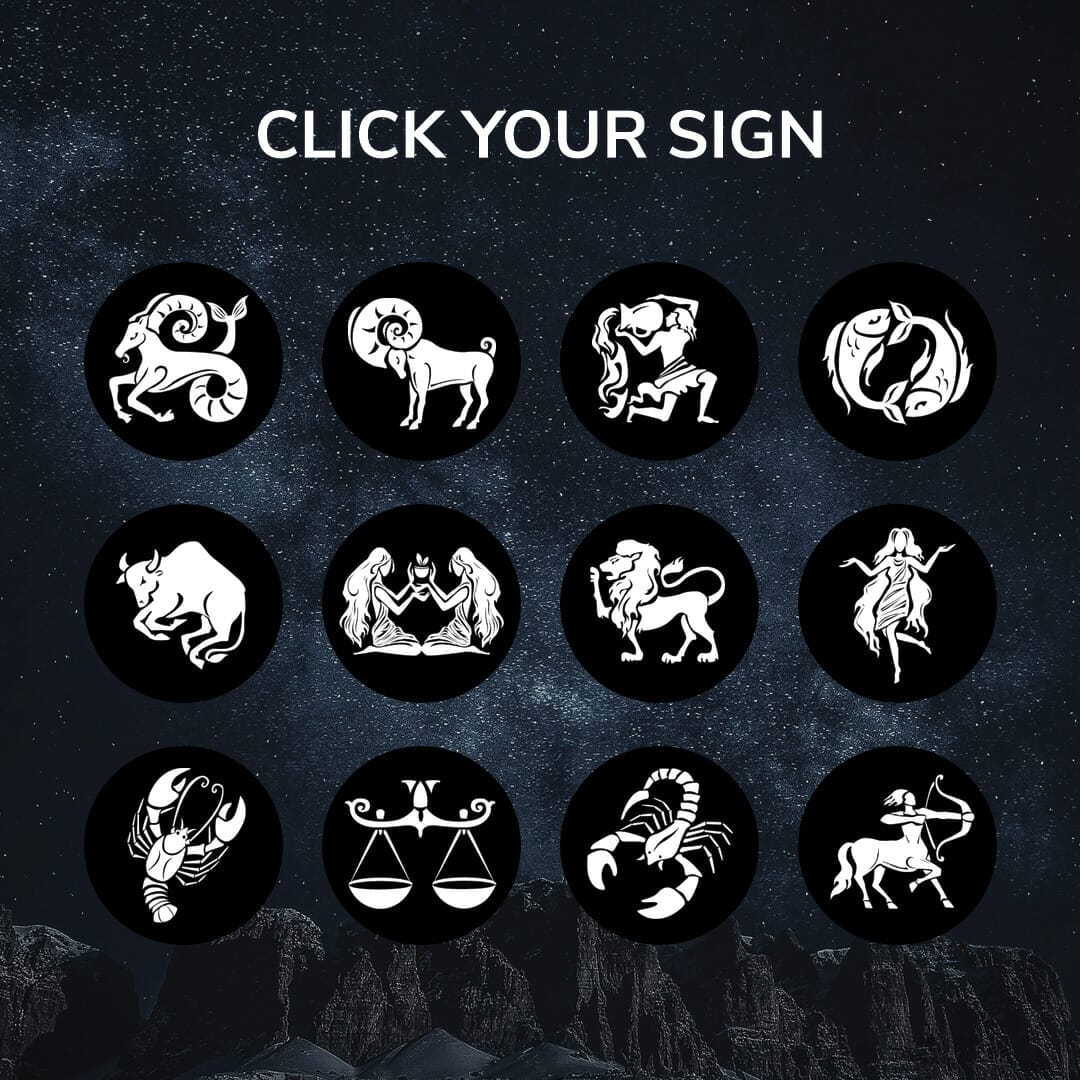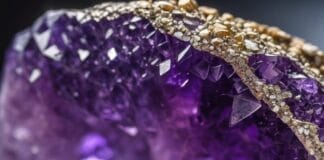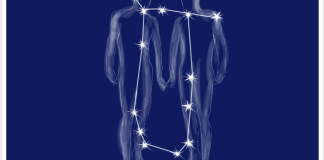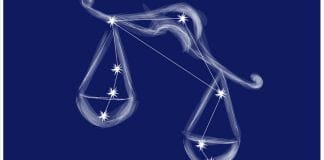Do crystals harness quantum energy for healing? It’s an intriguing question that bridges the gap between the mystical and the scientific. For centuries, crystals have been revered for their supposed healing properties, while quantum physics offers a glimpse into the mysterious workings of the universe at its most fundamental level.
In this blog post, we’ll explore the scientific plausibility of crystals interacting with our energy on a quantum level. We’ll demystify complex quantum physics concepts, unveil the world of crystals, and examine any potential applications of this fascinating intersection. Whether you’re a science enthusiast, a spiritual seeker, or an advocate of alternative medicine, this post aims to offer valuable insights and spark your curiosity.
We’ll also touch upon the role of quantum states and symmetry in this context, and how a physicist might approach the study of such phenomena. Furthermore, we’ll discuss the potential implications of advancements in quantum computer technology in understanding these interactions.
Core Concepts
Quantum physics might seem daunting, but it’s essential to understand its basics to explore the interactions between quantum energy and crystals. At its core, quantum physics deals with the behavior of subatomic particles like electrons and photons. These particles exhibit unique properties that defy the conventional laws of physics.

Subatomic Particles Explained Simply
Electrons and photons are fundamental components of the universe. Electrons, for example, are tiny particles that orbit the nuclei of atoms, while photons are particles of light. These subatomic particles don’t always behave predictably, leading to the development of quantum mechanics.
Wave-Particle Duality and Its Implications
One of the most mind-bending concepts in quantum physics is wave-particle duality. This principle suggests that particles like electrons and photons can behave both as particles and waves. Imagine a photon behaving like a wave when you aren’t observing it but acting like a particle when you measure it. This duality challenges our understanding of reality itself.
Quantum Mechanics Principles
Quantum mechanics introduces several intriguing principles. Superposition, for example, allows particles to exist in multiple states simultaneously until measured. Entanglement, another fundamental concept, describes how particles become interconnected so that the state of one instantly influences the state of another, regardless of distance. These principles open up a realm of possibilities but also raise profound questions.
Recent research at Princeton has led to the discovery of a new quantum phase of matter in a crystal using magnetic fields. This phase, which defies perpetual motion, is a breakthrough in the field of condensed matter physics.
Unveiling the World of Crystals
Crystals have captivated human imagination for millennia. Their unique structures and properties make them fascinating subjects of study. To understand their potential interaction with quantum energy, we must first explore the basics of crystals.

Crystal Structure and Properties
Crystals are composed of atoms arranged in highly ordered, repeating patterns known as lattices. This orderly arrangement gives crystals their characteristic shapes and properties. Famous examples include quartz, amethyst, and sapphire. Each crystal type has a distinct internal structure, which influences its appearance and behavior.
The energy state of these crystals can be influenced by various factors. Researchers like Lazarides and Achilleas have studied the motion machine of atomic structures within crystals to better understand their properties.
Traditional Beliefs About Crystal Healing
Many cultures have ascribed healing properties to crystals. From ancient civilizations to modern-day alternative medicine practices, crystals, including two-time crystals, are believed to promote physical, emotional, and spiritual well-being. However, it’s important to note that scientific evidence supporting these claims, such as the physics of solids and quantum mechanical theories, is limited. The power of belief and the placebo effect often play significant roles in reported benefits.
The placebo effect is a well-documented phenomenon where individuals experience real improvements in their condition because they believe they are receiving treatment, even if that treatment is inert. Discrete time crystals, for instance, can act as placebos, providing comfort and reassurance to those who believe in their healing properties.
This highlights the importance of understanding the psychological aspects of healing. Additionally, advancements in technology, such as the quantum processor, could pave the way for further exploration of time crystal using innovative methodologies.
Bridging the Gap Potential Applications
In recent years, the exploration of time crystals and their unique properties has opened up a multitude of possibilities for practical applications. From quantum computing to advanced materials science, the potential uses of these fascinating structures are vast and varied.
Speculative Section
While mainstream science typically views crystal healing with skepticism, some fringe theories explore the potential interactions between crystals and quantum energy. These speculative ideas invite us to consider the possibilities, albeit with caution.
Harnessing Crystals’ Quantum Properties
One fringe concept is the idea that crystals could harness their quantum properties for energy storage or transfer. While this notion lacks solid scientific backing, it’s an intriguing thought experiment.
Imagine crystals acting as conduits for quantum energy, potentially revolutionizing energy technologies. However, more research is needed before we can draw any definitive conclusions.
For instance, researchers at Lancaster University in the United Kingdom have been studying properties of time crystals in conditions just a degree above absolute zero.
Biophotons and Crystal Interaction
Biophotons are weak emissions of light produced by biological organisms. Some theories suggest that crystals might interact with these biophotons, potentially influencing cellular processes. While this idea remains speculative and lacks robust scientific validation, it underscores the need for further investigation into the relationship between crystals and biological systems.
Studies conducted by Monroe at the University and researchers from Delft University of Technology in the Netherlands are exploring these interactions, often requiring precision up to the ten-thousandth of a degree and techniques like being stimulated with a laser to observe potential effects.
Unveiling the Truth Science And the Placebo Effect
The relationship between science and the placebo effect offers a fascinating glimpse into the complexity of human health and healing. This section delves into the intricacies of how beliefs and expectations can significantly influence physical outcomes, challenging our understanding of medicine and therapy efficacy.

Importance of the Scientific Method
In our quest to understand the potential interactions between crystals and quantum energy, we must emphasize the importance of the scientific method. Rigorous experimentation, empirical evidence, and peer-reviewed research are essential for separating genuine effects from placebo-driven beliefs.
Science provides a reliable framework for exploring and validating claims. For instance, creating a time crystal or studying electron crystals requires adherence to classical physics principles, as well as insights from the physics of complex systems.
Explaining the Placebo Effect
The placebo effect plays a significant role in the perceived benefits of crystal healing. When individuals believe in the power of crystals, their minds and bodies can respond positively. This psychological phenomenon underscores the complex interplay between belief, perception, and physiological responses. Understanding the placebo effect is crucial for evaluating the effectiveness of any alternative therapy.
The study of the quantum time crystal and two time crystals by a professor of physics further illustrates how the mind’s influence can be as pivotal as the physical properties in determining outcomes.
The Physics of Quantum Crystals
One area of interest in the study of quantum crystals is the phenomenon of quantum entanglement. Quantum entanglement occurs when particles become interconnected in such a way that the state of one particle instantly influences the state of another, regardless of the distance separating them.
Some researchers hypothesize that crystals, due to their highly ordered atomic structure, could play a significant role in harnessing or amplifying these entangled states. Though this remains a largely theoretical domain, the potential applications range from highly sensitive sensors to advancements in quantum computing. Nonetheless, it is crucial to ground such explorations in empirical research to avoid conflating speculative ideas with proven science.
In this context, the group used the concept of time translation symmetry to examine how the state of the system remains stationary over time. Additionally, they investigated the energy levels within the crystals and considered how disorder in the system might affect quantum entanglement. Collaborating with the center for complex materials, they explored the possibility that these crystals might represent a novel phase of matter.
What are time crystals?
Time crystals are a fascinating new phase of matter that exhibit periodic structure not just in space, but in time. Unlike conventional spatial crystals, which have atoms arranged in a repeating pattern in three-dimensional space, time crystals have structures that repeat at regular intervals in time.
This means that their unique properties are a consequence of changes over time, rather than spatial constraints. Time crystals were first proposed in 2012 by Nobel laureate Frank Wilczek and were experimentally realized a few years later. These structures defy the conventional understanding of equilibrium and provide new insights into non-equilibrium quantum systems.
The potential applications of floquet time crystals and quantum particles are vast, including advancements in quantum computing and other technologies that exploit the peculiar properties of time-dependent periodicity. The sycamore quantum processor at the quantum institute has been instrumental in the study of how a time crystal would behave in these advanced systems.
What is the normal laws of thermodynamics?
The laws of thermodynamics are fundamental principles that govern the behavior of energy and matter in the universe. These laws describe how energy is transferred and transformed, providing a framework for understanding physical processes. There are four main laws:
- The Zeroth Law of Thermodynamics: This law states that if two systems are each in thermal equilibrium with a third system, they are in thermal equilibrium with each other. It establishes the concept of temperature.
- The First Law of Thermodynamics: Also known as the law of energy conservation, it states that energy cannot be created or destroyed, only transformed from one form to another. The total energy of an isolated system remains constant.
- The Second Law of Thermodynamics: This law asserts that the total entropy, or disorder, of an isolated system always increases over time. It explains the direction of energy transfer and why certain processes are irreversible.
- The Third Law of Thermodynamics: It states that as the temperature of a system approaches absolute zero, the entropy approaches a minimum value. This law implies that it is impossible to reach absolute zero in a finite number of steps.
These laws are essential for a wide range of scientific and engineering disciplines, from understanding the efficiency of engines to the behavior of biological systems.
Conclusion
In conclusion, the idea that crystals can harness quantum energy for healing remains speculative and lacks robust scientific evidence. Quantum physics and crystal energy are fascinating subjects in their own right, but their connection is not yet well understood. The power of the mind-body connection and the placebo effect should not be underestimated, as they can contribute to the perceived benefits of crystal healing.
Whether you’re a science enthusiast, a spiritual seeker, or an advocate of alternative medicine, the exploration of these topics invites curiosity and critical thinking. With physics at Princeton and the novel quantum crystal research, physicist Frank Wilczek has been exploring concepts like time symmetry and working quantum devices. While the scientific community continues to investigate the mysteries of quantum physics and the potential interactions between crystals and energy, it’s essential to approach these concepts with an open mind and a commitment to evidence-based practices.
If you’re eager to learn more about quantum physics, crystal energy, or the placebo effect, consider further reading and exploration. Engaging with these topics can deepen your understanding of the natural world and the profound connections between science and spirituality. Crystals together with advancements in quantum physics can open up new realms of understanding.
In the end, the quest for knowledge and understanding is a shared endeavor, bridging the gap between the scientific and the mystical, and enriching our appreciation of the universe’s wonders.




